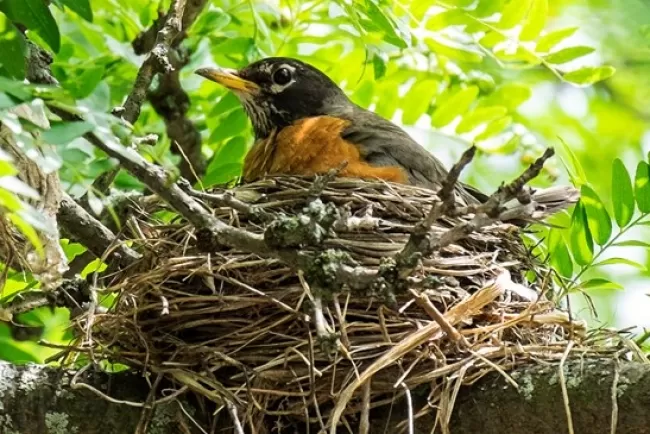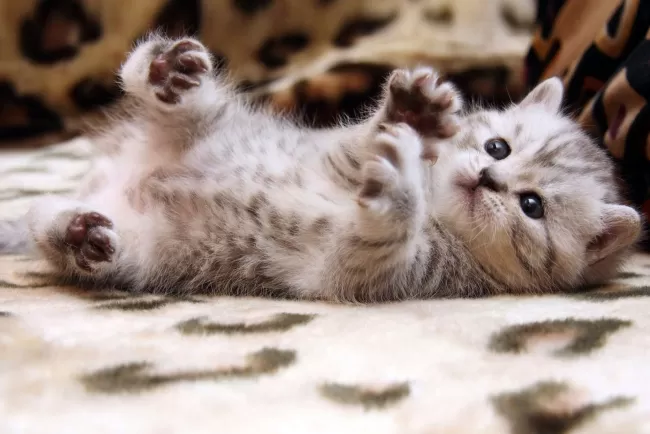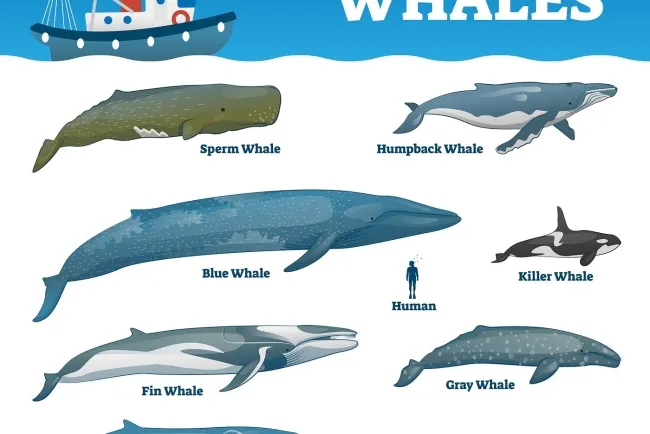Cats: Beloved and Captivating Companions...!!!
Cats, scientifically known as Felis catus, are among the most cherished and popular pets worldwide. These small, carnivorous mammals have been domesticated for thousands of years and possess unique traits that endear them to humans. From their physical attributes to their behaviors and cultural roles, cats are enchanting creatures that captivate the hearts of millions.
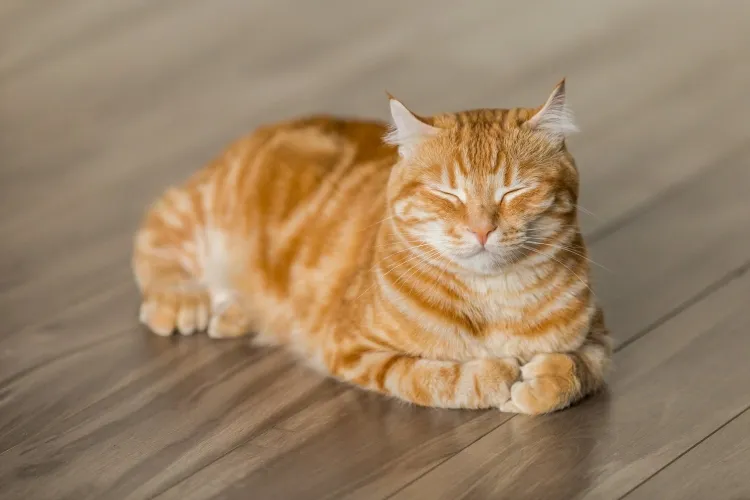
Physical Characteristics
Cats have distinct physical traits that set them apart from other animals. They are typically small, with an average weight ranging from 5 to 20 pounds, although some breeds, like the Maine Coon, can be significantly larger. Cats have a flexible and muscular body, allowing them to move with agility and grace. Their retractable claws enable them to climb and hunt efficiently, while their keen senses of sight, hearing, and smell make them excellent predators.
-
Eyes: Cats have large, expressive eyes in various colors, including green, blue, amber, and brown. They possess excellent night vision, thanks to a reflective layer of cells called the tapetum lucidum, which enhances their ability to see in low-light conditions.
-
Ears: Cats have highly sensitive ears that can rotate 180 degrees, allowing them to detect the faintest sounds. This acute hearing helps them locate prey and stay alert to potential dangers.
-
Whiskers: Whiskers, or vibrissae, are long, stiff hairs on a cat's face that serve as sensory tools. They help cats navigate their environment, detect changes in air currents, and measure the width of openings.
Behavior and Communication
Cats are known for their independent and curious nature. They exhibit a wide range of behaviors and communicate through vocalizations, body language, and scent markings.
-
Vocalizations: Cats use various sounds to communicate, including meowing, purring, hissing, and growling. Each sound can convey different emotions or needs, such as hunger, affection, or fear.
-
Body Language: Cats use body language to express their feelings and intentions. For example, a cat with an arched back and puffed-up fur likely feels threatened, while a cat with a relaxed posture and slow blinking shows contentment and trust.
-
Scent Markings: Cats have scent glands on their face, paws, and tail, which they use to mark their territory. By rubbing against objects or scratching surfaces, cats leave their scent behind, signaling ownership and familiarity.
Breeds and Diversity
There are over 70 recognized cat breeds, each with its unique appearance, personality, and history. Some popular breeds include:
-
Persian: Known for their long, luxurious fur and calm demeanor, Persian cats are among the most popular and recognizable breeds.
-
Siamese: Siamese cats are known for their sleek, slender bodies, striking blue eyes, and vocal personalities. They are highly social and often form strong bonds with their owners.
-
Maine Coon: One of the largest cat breeds, Maine Coons are friendly, intelligent, and have a distinctive tufted appearance. They are often referred to as "gentle giants."
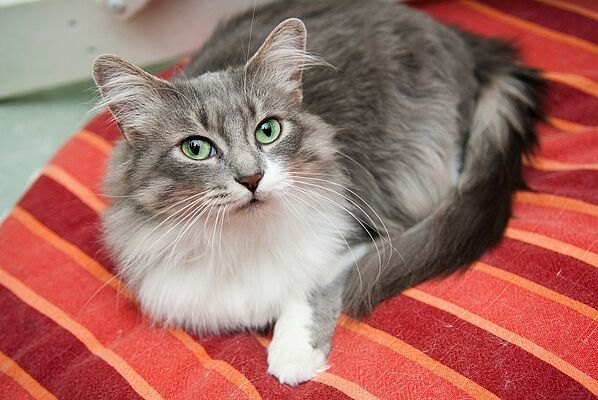
Role in Human Society
Cats have been valued by humans for their companionship and ability to control rodent populations. In ancient Egypt, cats were revered and often depicted in art and mythology. They were believed to bring good fortune and were even mummified and buried with their owners.
In modern times, cats continue to be cherished pets, providing emotional support and companionship. They are known for their calming presence and have been shown to reduce stress and anxiety in their owners. Additionally, cats often feature in literature, art, and media, further solidifying their place in human culture.
Health and Care
Proper care is essential to ensure a cat's health and well-being. This includes a balanced diet, regular veterinary check-ups, and grooming.
-
Diet: Cats are obligate carnivores, requiring a diet high in animal-based protein. Commercial cat foods are formulated to meet their nutritional needs, but choosing high-quality options and avoiding overfeeding is important.
-
Grooming: While cats are known for their grooming habits, regular brushing can help reduce shedding and prevent hairballs. Long-haired breeds may require more frequent grooming to keep their coats free of tangles and mats.
-
Veterinary Care: Regular veterinary check-ups are crucial to monitor a cat's health and catch any potential issues early. Vaccinations, parasite control, and dental care are also important aspects of maintaining a cat's health.
Conservation and Wild Cats
While domestic cats thrive in homes around the world, many wild cat species face threats from habitat loss, hunting, and climate change. Conservation efforts are essential to protect these species and preserve biodiversity. Organizations and researchers work to study and protect wild cats, including big cats like lions, tigers, and leopards, as well as smaller wild cats like the African wildcat and the sand cat.
Cats are remarkable animals that bring joy and companionship to millions of people worldwide. Their unique physical traits, behaviors, and diverse breeds make them a beloved and integral part of human society. By understanding and caring for these animals, we can ensure they continue to thrive as cherished members of our families and communities.
What's Your Reaction?







